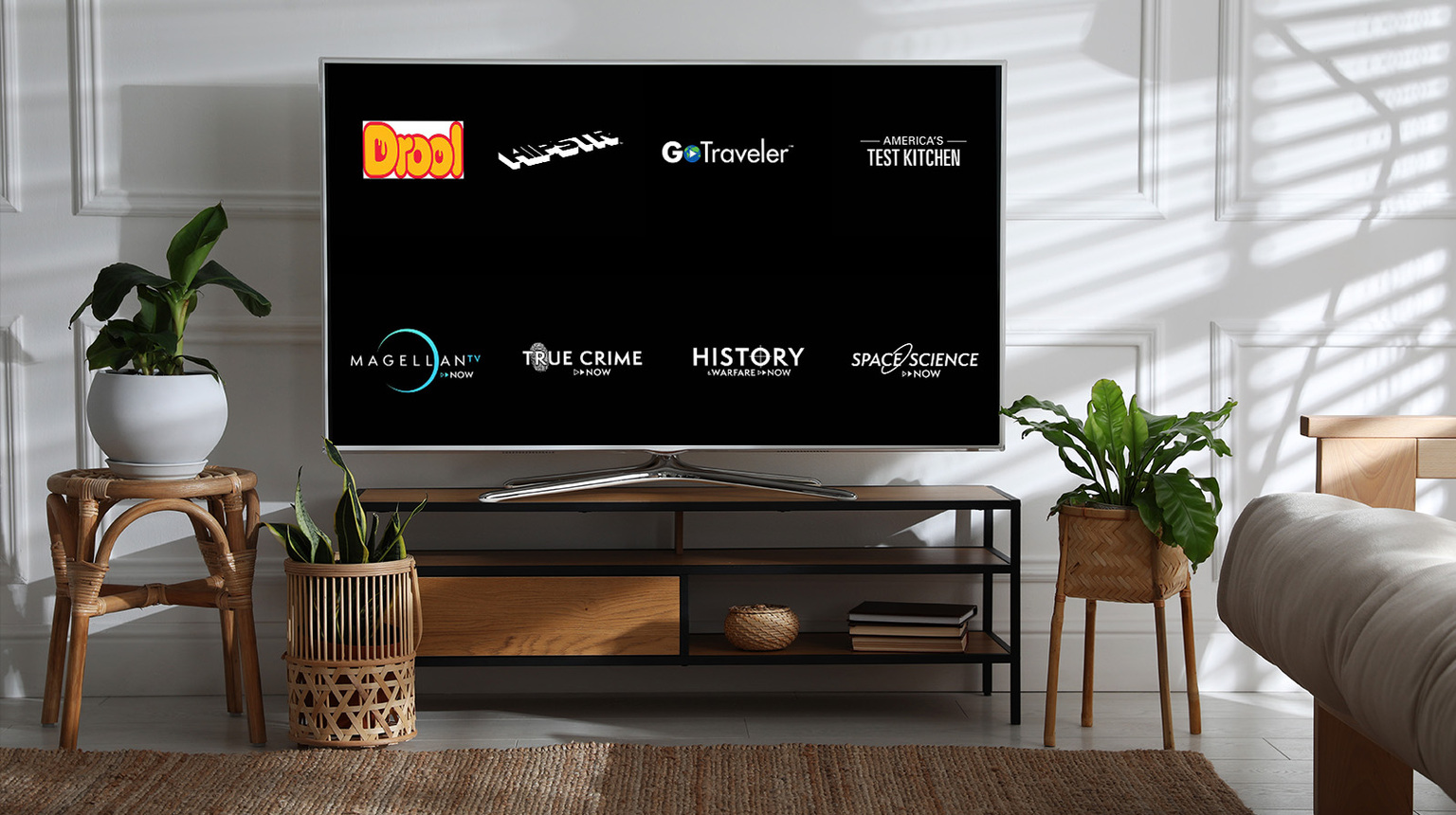Dallas ATSC 3.0 SFN Buildout Nears Completion
GARLAND, TEXAS AND HUNT VALLEY, MD.—Earlier this year, TV Technology first reported on the combined effort of several broadcast related organizations, including Sinclair Broadcast Group, its ONE Media innovations division, and American Tower, in building the world’s first single frequency network (SFN) using ATSC 3.0 technology in the Dallas/Ft. Worth (DFW) television market. The plan—which was devised last fall—is to deploy the new transmission technology initially on an experimental basis, and when the last bit of data has been gleaned and reports prepared, to move forward on finalizing the SFN as a permanent component of the television delivery infrastructure for viewers in that market.
The original projection was to have the entire system operational by NAB Show, but as this is a “first initiative” there were the and “lessons learned” associated with such a pioneering venture.
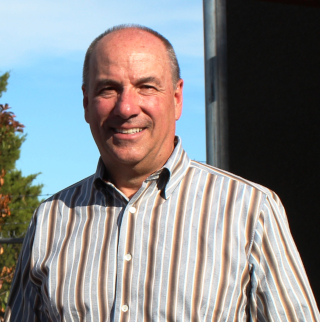
However, the project continues to roll out, and a visit to one of the SFN sites in late April revealed that the physical infrastructure is almost completely in place and ready to take to the air.
Peter Starke, American Tower’s vice president of broadcast, and Jerry Folk, the company’s broadcast construction manager, hosted the tour of the Garland, Texas SFN facility and offered insight about the project.
VERY DIVERSE TRANSMISSION FACILITIES
“American Tower and Sinclair feel like this site is probably going to be typical of installations for wireless sites where you have a shelter with limited space and power,” said Folk. “We purposely picked three different types of existing tower sites for this trial installation. The tower in Garland is a small guyed tower with a 40-inch face [and home to cellular service and a low-power FM station]. There is also a 1,000-foot high 11-foot face guyed tower, [a former TV broadcast tower] in Ft. Worth, and an old 200-foot self-supporter in Denton that was originally an AT&T wireline site, built in the 1950’s [and] capable of withstanding an atomic blast.”
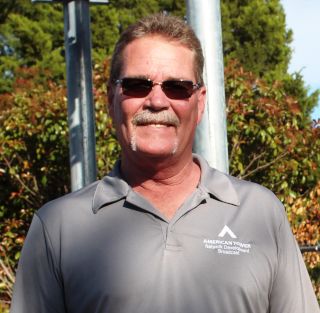
Folk further explained that the trial sites were also selected on the basis of electrical power available, as each has a different source, ranging from single-phase 240V to three-phase 208/120 and 480/277V supplies.
Get the TV Tech Newsletter
The professional video industry's #1 source for news, trends and product and tech information. Sign up below.
“This was a factor, as we wanted to see what might work best for the ATSC 3.0 equipment and Comark transmitters chosen for the trial, although we expect that single-phase 240V power will be the most commonly available service for SFN sites,” said Folk.
The test sites also reflect a full range of equipment containment structures.
“There’s [this pre-fab] shelter here in Garland, an existing TV transmitter building in Ft. Worth, and an old AT&T ‘bomb shelter’ with nine-inch concrete walls in Denton [Texas]. With the tower, shelter and electrical service differences, this adds up to three totally different scenarios,” said Folk. “An important element of this project [is] to define the many variables and resulting requirements to be able to anticipate needs across a wide variety of sites.”
Starke noted that all three facilities were under American Tower ownership or jurisdiction.
“We own two of them and have management rights for the third—the former WBAP-TV transmission site in Ft. Worth,” he said.
READY BY THE FOURTH
When asked about the project’s progress, Fred Baumgartner, Sinclair Broadcast Group’s director of next-generation implementation, observed that while the “brick and mortar” elements had come together nicely and on schedule, clearing regulatory hurdles and making sure all the necessary paperwork reached the right people took time.
“The transmission gear is pretty well in place,” he said, noting the Garland facility was ready for turn-on. “The Ft. Worth site installation was also just finished and that only leaves Denton.”
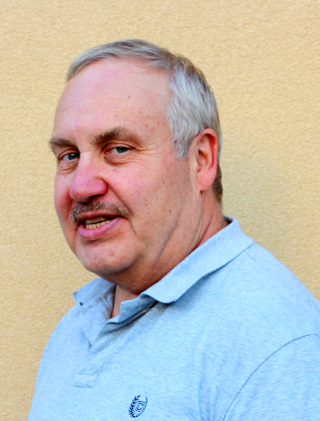
Baumgartner noted that of the three sites, Denton had been the most challenging.
“We encountered a zoning issue there,” he said. “We wanted to put the antenna on top of the old AT&T microwave tower, but local ordinances wouldn’t allow us to go far enough above the top deck to place an antenna there. Also, we found we’d have to run reduced power at this site to stay within the primary station’s signal contour. It even required a last-minute change in antennas.”
In commenting on the non-physical aspects of the project, Baumgartner observed that this is where “The long pole in the tent is getting the various transmission agreements in place with the stations involved and in getting notifications out to the various Multichannel Video Programming Distributors (MVPDs) involved. We have to get the message to the front line technicians, and that means we have to call these folks and speak directly to the engineering departments, as the notification that says they need to retune and make service changes goes to the front office, but usually doesn’t reach the engineers who have to make the system changes.”
Baumgartner observed that the final transmission gear should be in place in Denton by the end of June and ready to go. “Everything seems on track, and we expect to light the SFN up on the Fourth of July when we have the connectivity.”
And out of all the technical challenges encountered, lack of connectivity to the transmission sites appears to be the largest one. “We don’t have all of the fiber that’s needed in place yet,” said Baumgartner. “And that’s something you really can’t do yourself. We are putting an interim microwave system online to ensure timely connectivity.”
In elaborating on the requirement for backbone connectivity, American Tower’s Starke stressed its importance in setting up a realistic test of ATSC 3.0’s capabilities.
A LEARNING OPPORTUNITY ON ALL FRONTS
And while this unanticipated difficulty in obtaining site connectivity seems at first to be a big hurdle, it’s almost fortuitous that it did occur, as that’s what this first implementation of a real-world ATSC 3.0 SFN is all about—a learning laboratory for determining where the hurdles are and how to head them off in other such rollouts of this technology.
American Tower’s Starke elaborated on some of the other information to be gleaned in this trial installation.
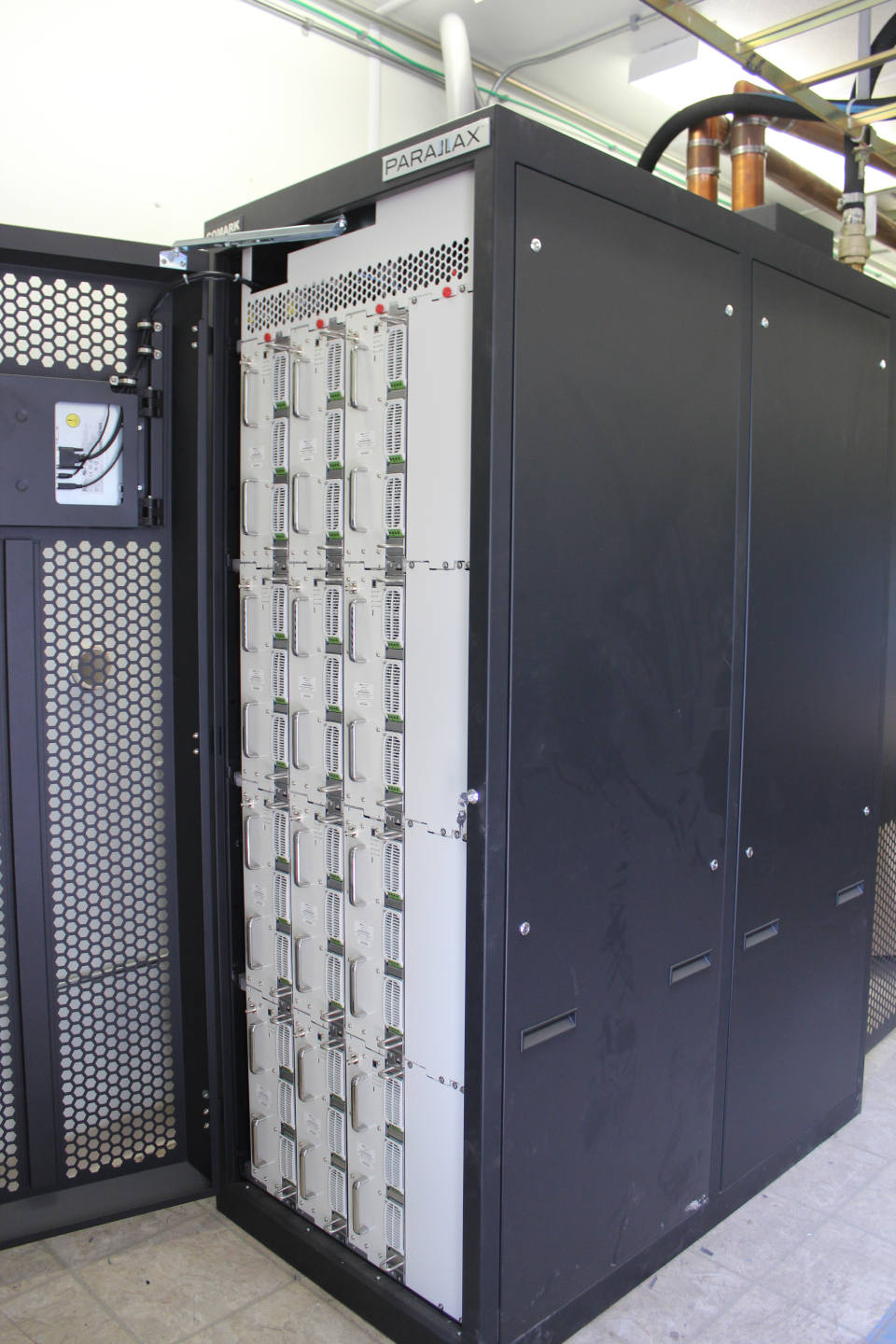
“The trial test has different facets to it; it’s not all about driving the van around and figuring out what the signal strength increase and signal strength density is, it’s also about site construction—what’s it going to cost for broadcasters to go out and build SFN sites. We’re looking at efficiencies of scale, because it’s going to be difficult and costly, especially at the beginning of the 3.0 rollout, for stations to build out SFN sites on their own. We’re looking at how you can convert existing towers—wireless towers—into broadcast towers, and a lot of wireless sites have a limited amount of land. A wireless site typically has a 100 by 100-foot compound and that’s it. Most of the wireless carriers drop in their own shelters and mechanicals, So, there’s really no infrastructure to support broadcast and we know broadcast transmission is a lot different in terms of what’s needed. That’s the other trial here—you can’t go out and build new towers all over the place. The regulatory cost on the wireless side of the business has created a lot of regulations in a lot of municipalities. One of the things that municipalities look for before they approve a new tower is whether you can collocate on an existing tower, so we have to look at that too.”
Starke also noted that such technical items as determination of optimum SFN operating power was also a checklist item.
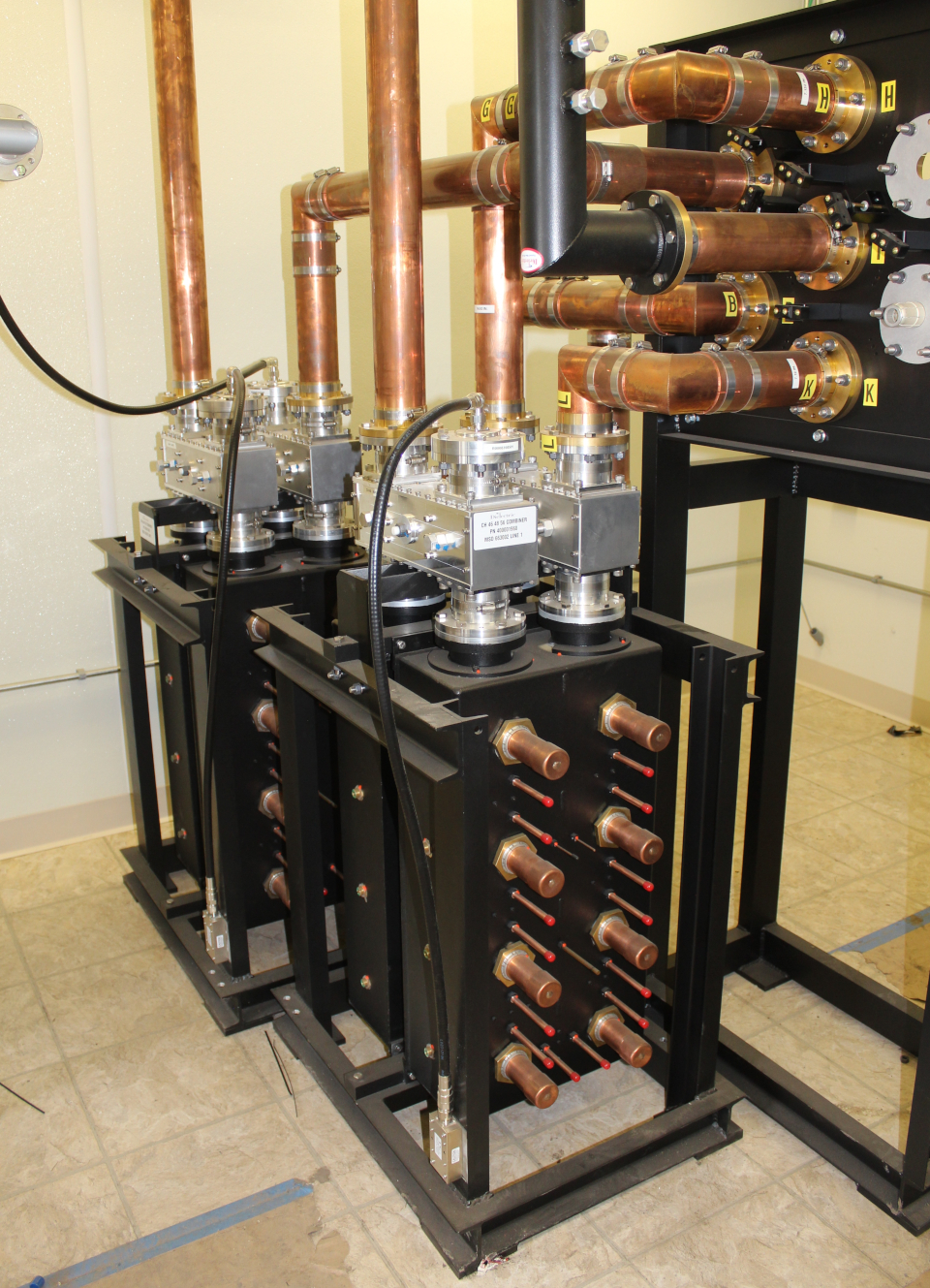
“Sinclair and Univision haven’t filed for final ERPs yet, but there is a consulting engineer working to determine what power levels are needed,” he said. “Part of a trial is the ability to turn up and turn down ERPs. The licenses that Sinclair is filing for will improve coverage within the licensed contour as provided for by current DTS regulations. The concept here is to figure out what the optimal ERPis for each of the SFN areas to achieve a proper contribution for the individual SFNs.”
He said a preliminary determination of operational ERP has indicated it would fall in the neighborhood of 100 kW Horizontal, with approximately 30 kW additional delivered in the vertical plane.
So, what happens when all the operating points have been optimized, data collected and the final reports issued? Will the sites be dismantled and written off as just another page in TV history?
“Not so” say both Starke and Baumgartner, pointing to the very considerable amount of money and time being invested in the project. When the repack phase hits the DFW market, these sites will simply be returned for their final channel. All the SFN site components have been constructed as “All UHF Band”, and can be easily optimized for final channel assignments.
READY FOR COMPANY
As constructed, in addition to a transmitter and ATSC 3.0 encoder/exciter, there’s also a large combiner/filter network to allow multiple TV carriers to share the broadband antenna.
“We keep talking about these sites as a trial test, but we’re actually building them out to go commercial,” said Starke. “It isn’t going to be build, test, and then tear down. They will eventually go commercial. Depending on ERP or antenna input power, each could handle up to possibly 10 to 12 stations.”
He observed the initial DFW SFN trial calls for the airing of programming from Cunningham Communication’s KTXD-TV outlet (RF Ch. 46) and UniMás’s KSTR-DT (RF Ch. 48). (Sinclair has no broadcast properties in the DFW market). Starke noted that since both stations fall above the latest TV broadcast spectrum upper bound, they will be moving to lower channels (RF Ch. 34 & 23) as the nationwide repack initiative reaches the DFW market. (Interestingly, there’s another television operation mixed into the broadband antenna shared by the KTXD-TV and KSTR-DT SFN transmitters, and this one—Ch. 56 (722-728 MHz)—will not be moving as it’s owned by Dish Network, which secured this slot in the earlier 700 MHz spectrum auction.)
“These will be the stations converting to 3.0, and we’ll have a hosting station down in Cedar Hill [the principle DFW TV transmitter location] to keep their 1.0 signals on the air,” said Starke.
THE CHANGING TV BROADCAST LANDSCAPE
So, what will be the future of over-the-air television? Will the tall stick and high-power model established some 80-years ago prevail, or will broadcasting move to a low-power distributed transmission platform?
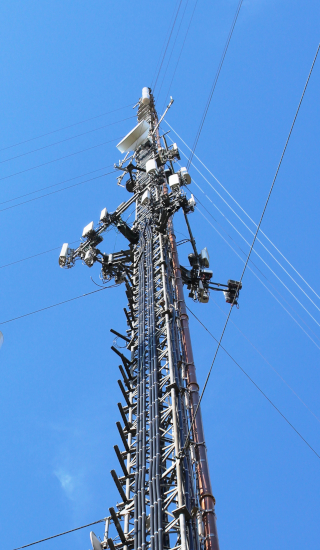
Starke thinks it will be combined set of existing tall towers augmented by smaller sites for the near future; and as American Tower now owns and maintains a large number of U.S. cellular and broadcast tower sites, one of the reasons for partnering with broadcasters in this seminal ATSC 3.0 SFN Pilot.
“People [describe] towers as wireless towers and broadcast towers, but at the end of the day, it’s what’s being operated there,” said Starke. “Here we are taking this wireless site and turning it into a broadcast tower. Part of this trial involves how you can convert existing towers—wireless sites—into broadcast towers. So that’s the other trial here—you can’t just go out and build new towers all over the place [to accommodate new broadcast operations].”
“Another thing is that back in the day, TV stations used to brag about who had the tallest tower, the highest ERP, and the largest coverage. You really don’t see that anymore. Now [with cable and satellite distribution], it’s all about distribution of content. In the future, with ATSC 3.0 it will be all about high QoS service area and advanced services.”
Starke noted another factor that may drive the future chapters in the over-the-air television operations guide.
“If you think about the industry and the role of RF engineers in this industry, we all know it’s an industry where graduates coming out of college today aren’t saying ‘hey, I want to be an RF engineer,’” said Starke. “It’s been a challenge for the last 10 years or so to find qualified staff to run transmitters. Previously, RF engineers may have been running only one transmitter in a market and now, all of a sudden, RF engineers have many transmitter sites to operate. American Tower sees this as something we may want to investigate down the road—actually providing a complete transmission service.”
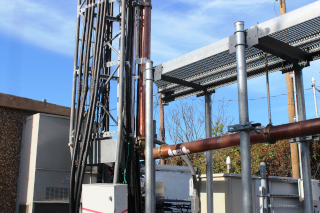
Even though the current repack is playing heavy on the minds of TV station engineering and management personnel right now, a lot of industry eyes and ears will be glued on this DFW ATSC 3.0 SFN deployment project as it continues to roll out.
“We are very open to working with just about anyone and sharing what we know and learn,” remarks Baumgartner in closing. “As much as our schedules will allow, we would be happy to show broadcasters what we are doing here and at the ONE Media NextGen labs outside Baltimore.”
For a comprehensive list of TV Technology’s ATSC 3.0 coverage, see our ATSC3 silo.
Want more information like this? Subscribe to our newsletter and get it delivered right to your inbox.]
James E. O’Neal has more than 50 years of experience in the broadcast arena, serving for nearly 37 years as a television broadcast engineer and, following his retirement from that field in 2005, moving into journalism as technology editor for TV Technology for almost the next decade. He continues to provide content for this publication, as well as sister publication Radio World, and others. He authored the chapter on HF shortwave radio for the 11th Edition of the NAB Engineering Handbook, and serves as editor-in-chief of the IEEE’s Broadcast Technology publication, and as associate editor of the SMPTE Motion Imaging Journal. He is a SMPTE Life Fellow, and a Life Member of the IEEE and the SBE.

